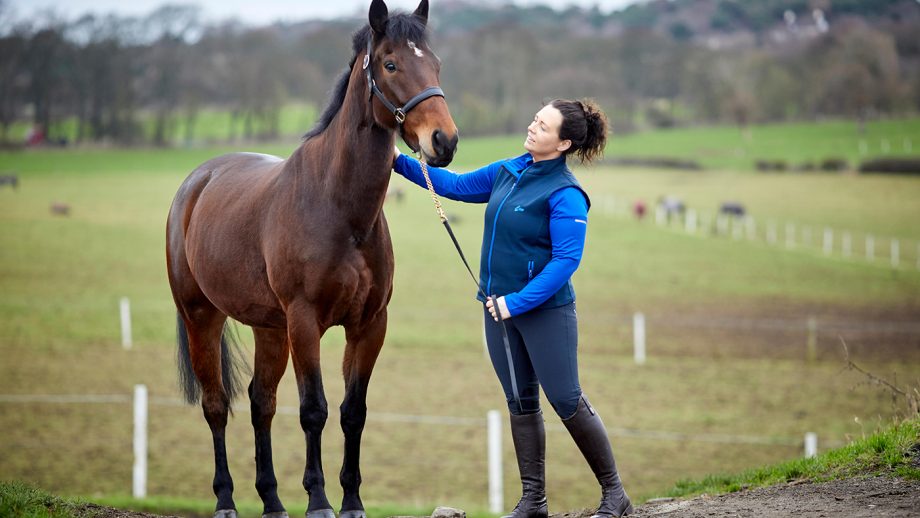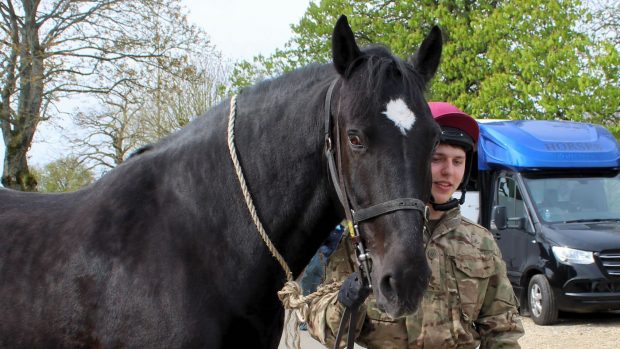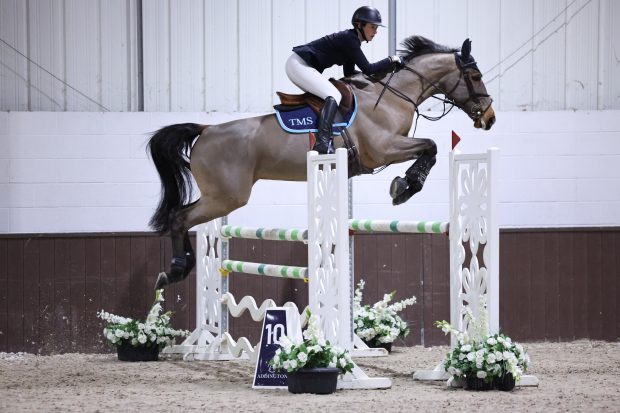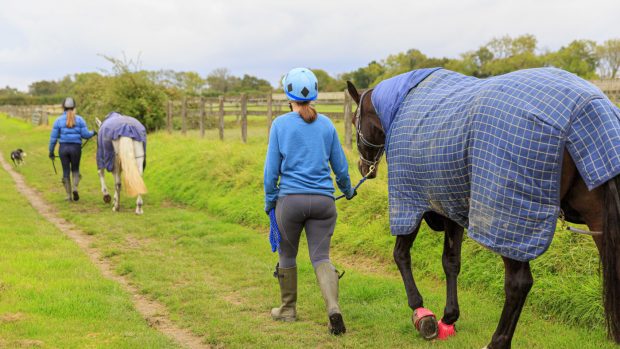The phrase ‘how much does a horse cost’ is like asking how long a piece of string is — and everyone has an opinion on how much you should pay. There’s people who won’t pay more than a few hundred pounds, and those who will happily empty their bank account to fund their next competition horse. And of course, the purchase price is just the start of what it costs to own a horse with ongoing bills likely to significantly outweigh the initial outlay. But, to help clear up what horses for sale are worth at the moment, we spoke to several producers and sellers for their take on the situation.
Natalia Thorpe of NT Equine explains how horse prices have changed during the past decade: “When I started selling 15 years ago, the average but sweet riding club all-rounder was about £4,500. But with inflation and the rising costs of keeping a horse, it should be considerably more now.
“Buyers seem to be a little stuck in the past — at the end of the day, producers, breeders and dealers are all trying to make a living. Even though we do it largely for the love, we still have endless feed and vet bills!”
Clare Reynolds of CR Showjumpers has a similar opinion: “Prices have changed a lot. There’s not as much difference in the Euro as there used to be — when the exchange rate was on your side, you’d be onto a winner.”
Clare sources her top jumping ponies from Europe, namely France, Germany and Holland, so has seen first-hand how source prices have changed.
“Now, to even source what people want, we’re paying a lot of money in the first instance — and that’s going to be passed onto the next client.”
It’s the same situation in Ireland, as Natalia explains: “The market in Ireland is incredibly strong at the moment: gone are the days of picking up an average but nice all-rounder for under £2,000 — you’re looking at upwards of £3,500 now. And that’s at trade price, without travel and leg-work factored into it.”
The all-rounder
So, if you’re looking for an all-rounder between the ages of eight and 12, for all riding club activities and hacking, what can you expect to pay?
Natalia sees plenty of these types: “For the all-rounder, you should be looking at minimum £5,000 to £6,000. If it’s less than this, it will have a hang-up somewhere.”
The range of prices is vast: you could buy an 16.1hh Irish sports horse for £8,000 or a nine-year-old schoolmistress for £5,000 from Natalia.
Natalia explains the amount of work that goes into these horses: “Just producing a safe hacking cob takes a lot of hours de-sensitising it to traffic, things jumping out of hedges, and people getting unbalanced and doing silly things.”
The dressage horse
From rescue horses working their way up the levels to warmbloods from the continent, dressage horses command a vast array of prices. For an amateur lady who wants a safe horse to compete up to elementary level, you could pay anything from £6,000 for a good-looking competition horse up to 10s of thousands. This mare is on the Horse & Hound classifieds for £20,000, but the advert says she will suit an amateur rider to progress with.
However, if you’re happy to put in more work yourself, you could look at up-and-coming dressage stars. For a talented young dressage horse with potential, you could pay anywhere from £5,500 for a well-bred youngster to upwards of £10,000 for a premium-graded Oldenburg or a recently-backed Trakehner.
The eventer
While five-star eventers might go for more than some family homes, what about a competitive horse for the lower levels? A well-mannered eventer that’s competitive at BE90/100 will still fetch a substantial price — even more so if it’s suitable for a junior coming off ponies or a mother-daughter share.
Natalia estimates these horses start from at least £8,000: “You would be looking at minimum £8,000 for something greener or inexperienced at that level. This is large dependent on their BE record. For a solid, well-schooled and straightforward competitive BE100 horse, you should expect to pay around £15,000.”
There is a 16.2hh Mill Law gelding on the market that hacks alone or in company and has competed at BE100 — and is on for £7,500. While this 16.1hh Belgian warmblood is on at £12,000 — he has a win at BE100 and a record of four BE90s.
The showjumper
Clare works with showjumpers and talks about the difficulties of finding the quality, enjoyable horses that more and more people look for: “People want a lot for £5,000 to £6,000 — they want something that’s safe with a bit of quality, but not a world-beater — something that they can enjoy. If you could find that, well, they’re the most difficult horses and ponies to find.”
Article continues below…
You might also be interested in:

Buying a horse: Horse & Hound’s ultimate step-by-step guide

Subscribe to Horse & Hound this spring for great savings
For a showjumper capable of competing up to 1m10 with an amateur rider, Clare says it’s entirely dependent on location: “I’m originally from the North, where prices weren’t as strong as they are now down South. For a nice horse to jump 1.10m, that you can leave stood on a lorry and it not kick it to bits, costs around £10,000—£15,000, though is likely to be nearer the high end of the bracket.”
The showjumpers in the Horse & Hound Classifieds range from £3,000 for a 12-year-old mare that is competitive in 95cm/1m classes, to price on application for a 16.1hh schoolmaster that’s placed in 1.35 classes.
For all the latest equestrian news and reports, don’t miss Horse & Hound magazine, out every Thursday




